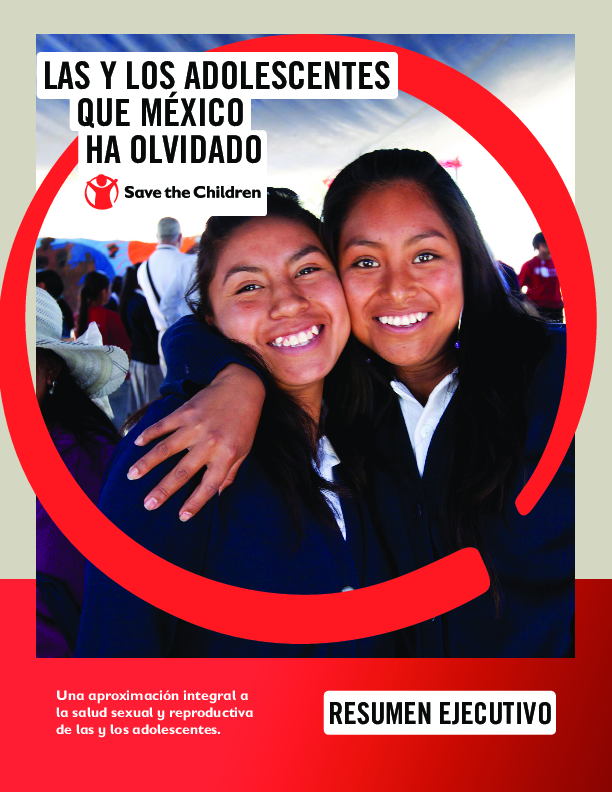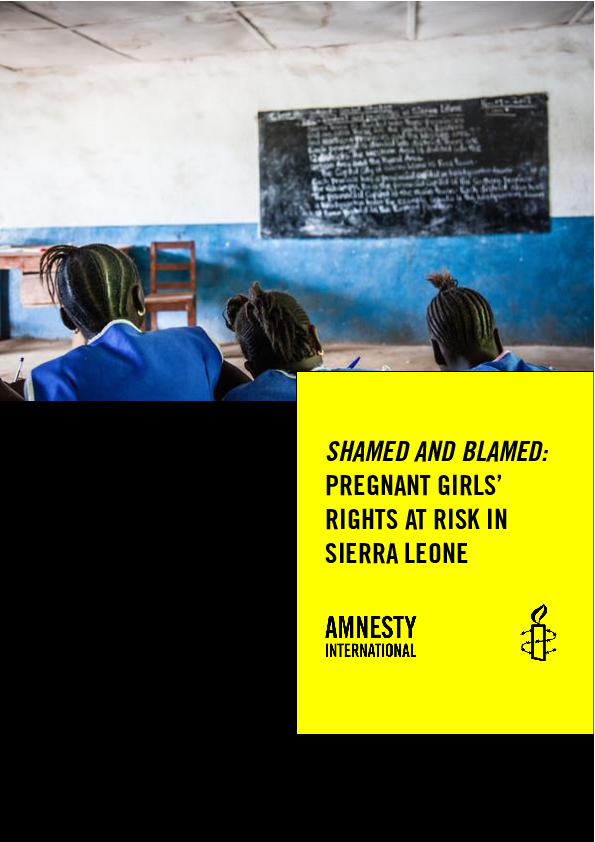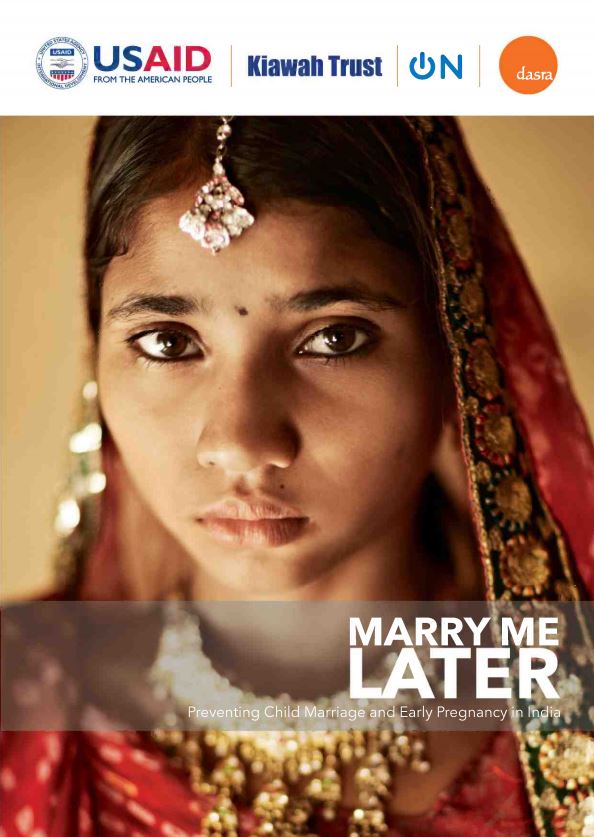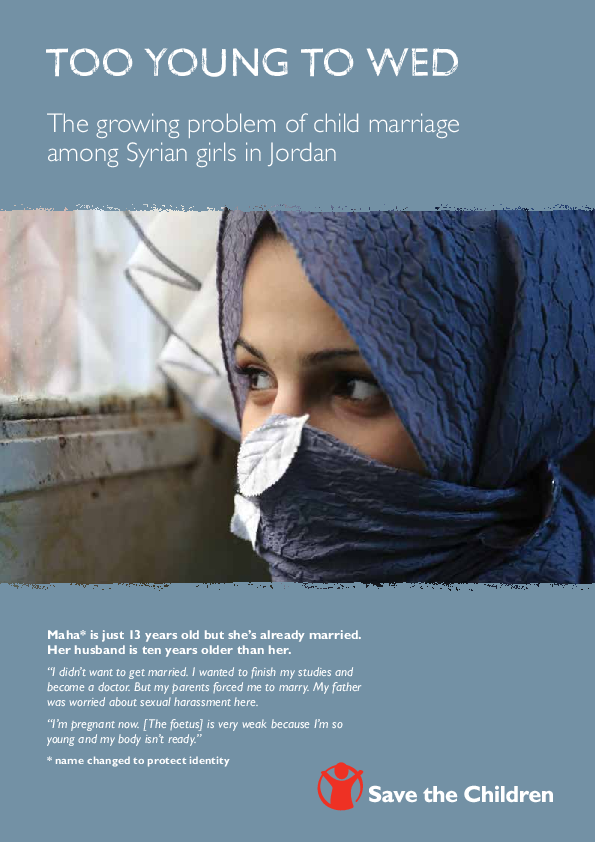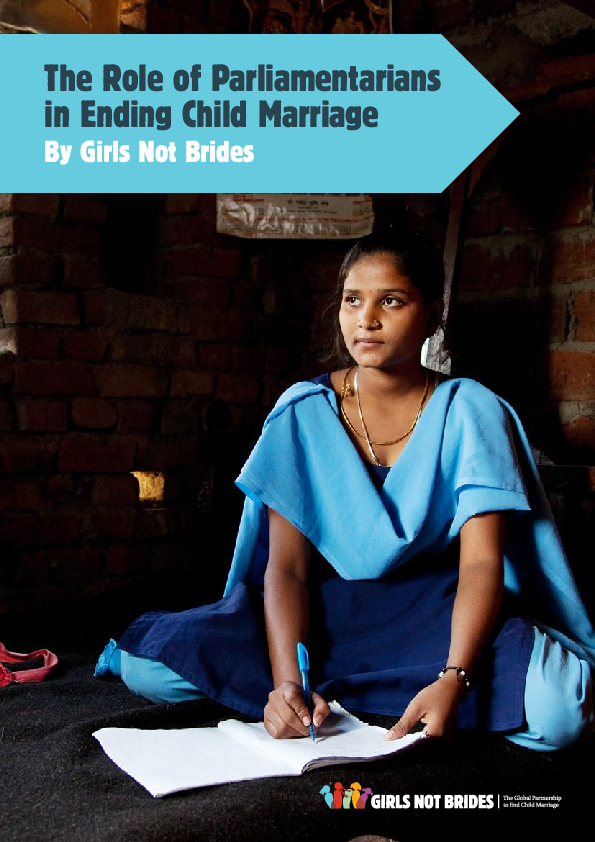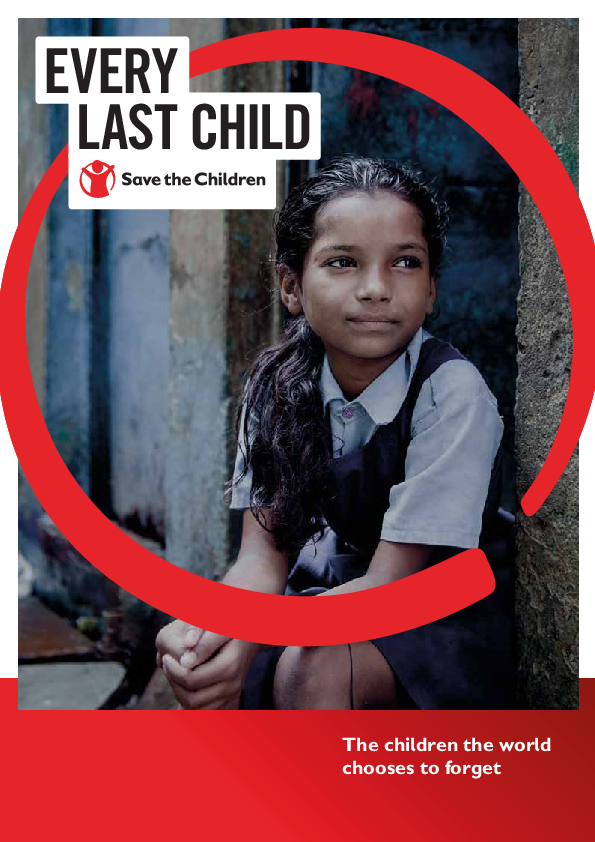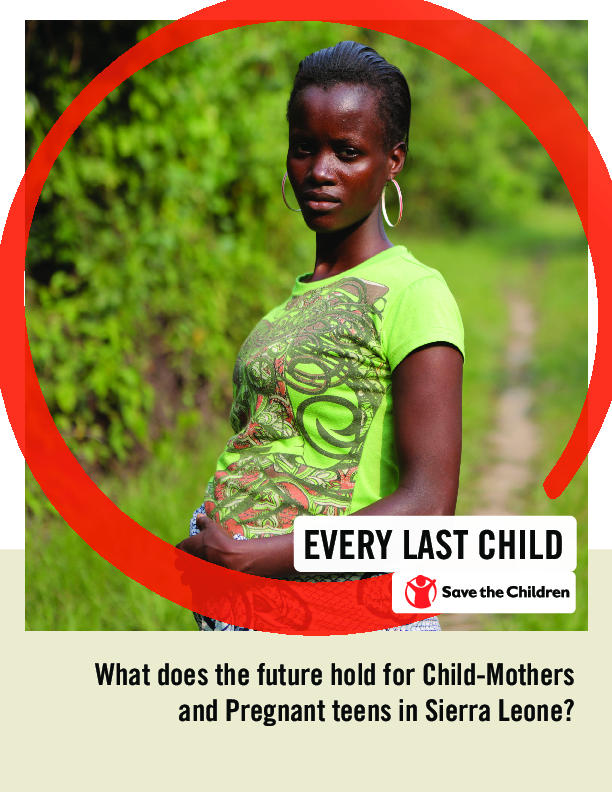Only a child, already a mother
Share:
Globally, adolescent pregnancy implies a higher risk of maternal and infant mortality. It limits girls’ opportunities to learn, as pregnant girls many times have to drop out of school. Vulnerability to poverty, exclusion and dependency increases for young mothers as well as for their children.
In some cases, adolescents wish to get pregnant. However, in many contexts around the world, adolescent pregnancy can be a result of poverty, discrimination, and a lack of girls’ empowerment. It may be a consequence of gender-based violence, sexual violence or harmful traditional practices such as when girls are forced into child marriage. In many countries and communities, children, especially girls, have no say in whom or when to marry.
Many adolescents lack access to qualitative sexual and reproductive health information and services, which is a fundamental right for all human beings. Even where women and girls do have access to these kinds of services, they are often unable to exercise their rights due to social barriers or lack of gender equality. Women and adolescent girls in many parts of the world are not free to make decisions over their own body such as deciding when, or whether or not to have children.
The consequences of teen pregnancy can be many and grave, and there are both immediate and long-term effects. According to the 2013 State of the World Population Report- Motherhood in Childhood: Facing the Challenge of Adolescent Pregnancy, released by the UN Population Fund (UNFPA), 95 % of the world’s adolescents’ births occur in developing countries. According to the report, around 70,000 adolescents die each year of causes related to unsafe abortions or complications during pregnancy and childbirth. Mothers under 15 are twice as likely to die from complications in pregnancy or childbirth as women between the ages of 20 and 30, according to the recent Save the Children report Every Last Girl – free to live, free to learn, free from harm, part of Save the Children’s wider campaign Every Last Child.
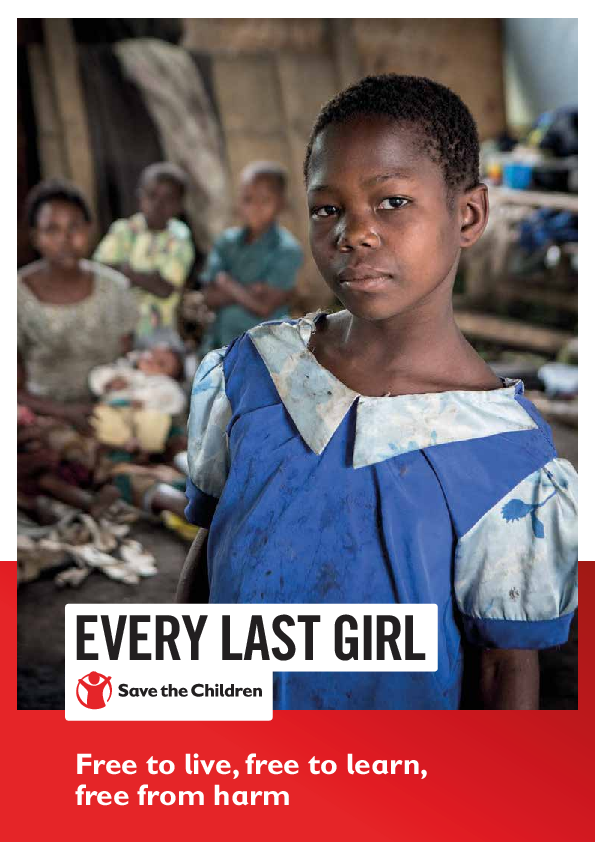
Every Last Girl: Free to live, free to learn, free from harm
2016 · Save the Children International
Save the Children’s Every Last Child campaign is fighting to change how the world thinks about – and tackles – the exclusion millions of the world’s poorest and most disadvantaged... View Full Abstract
This is because, in many cases, young girls’ bodies are not fit to bear children. In addition, the risk of infant mortality is twice as high for infants of adolescent mothers as compared to infants of mothers aged 20-29, according to Motherhood in Childhood: Facing the Challenge of Adolescent Pregnancy. Among the risks facing infants of adolescent mothers is a greater chance of premature birth or stillbirth. The report states that governments’ interventions have been focused on older adolescents. The report emphasizes the need of focusing more on the very young adolescents aged 10-14, who are the most vulnerable and often overlooked in the design of programmes.
While Niger has the highest adolescent pregnancy rate globally, Mexico holds first place amongst OECD countries. In Mexico, one out of five births are from adolescents, according to Save the Children’s Every Last Child: Mexico country spotlight”.
This is due to a combination of factors, such as: lack of access to quality sexual and reproductive health services, poverty and discrimination, a high degree of sexualized violence and a culture of masculine dominance over women which in some cases may prevent women making their own decisions. This is especially relevant in rural and indigenous communities.
Mexico is a country with a high level of uneven distribution of wealth and resources, and seven out of 32 states host more than half of the people living in poverty in the country. 73,2 % of indigenous people live in poverty and of them, 31,8 % live in extreme poverty (Every Last Child: Mexico country spotlight). Girls from indigenous, rural communities thus experience a mixture of exclusion: that of poverty, discrimination and inequality because of their ethnicity and gender. Although the practice is illegal, child marriage is still common within indigenous communities.

Every Last Child Country Spotlight: Mexico
2016 · Save the Children
Save the Children is campaigning at an international and national level to achieve the greatest impact for children with the Every Last Child Campaign.The Sustainable Development... View Full Abstract
Marta (not her real name) lives in the Mexican northwestern state Sinaloa. She is sixteen years old and studied until the third grade secondary level.
“Right now, I cannot go to school because I have a newborn baby who just turned a month old. I have permission to return to school when the holidays end, but I worry about going back to school and leaving my child alone, as I do not know how I will be able to feed him.”
Each year, around 76,000 migrant farm workers arrive in Sinaloa to harvest corn and vegetables. Most of these migrants are from indigenous minorities in the poorest southern states; Chiapas, Oaxaca and Guerrero. Many decide to settle in Sinaloa. Poverty, labour exploitation, addiction, violence, and rape are common. Teenage pregnancy is very common in these areas.
Marta says she met her husband in the fields where she used to work cutting tomatoes, cucumbers and hay. Now, she is no longer working.
In certain contexts in Mexico, adolescent girls desire pregnancy; it can be a way for them to raise their social status as motherhood is a respected role within their society. The sad reality, however, is that these girls often have to abandon their studies to take care of their children, diminishing their opportunities in life. They and their children end up living in poverty, thereby repeating the vicious cycle of poverty.
Globally, when an adolescent girl gets pregnant, her education is often interrupted, limiting her opportunities for the future. In some countries, for example Sierra Leone, girls who are visibly pregnant are not allowed to attend school or to take exams. Sierra Leone’s prohibition of pregnant girls taking exams and attending school has long-term implications in a country where just a little more than half of all girls aged 15-24 are literate (Amnesty 2015: Shamed and Blamed).When girls drop out of school, their vulnerability to poverty, exclusion and dependency increases.
Apart from facing greater risks in pregnancy and childbirth, girls without a secondary education are also more likely to have children who become malnourished and poorly educated. Education can be one of the most powerful tools in terms of breaking the intergenerational cycle of poverty: maternal education is linked to lower rates of child marriage, less risk during pregnancy and childbirth, and better child survival, nutrition and learning (Every Last Girl – free to live, free to learn, free from harm). Evidence also shows that girls staying in school are less likely to become pregnant at a young age or get married early.
In Mexico, Save the Children is working to improve the situation for girls aged 10 to 19 who are not exercising their sexual and reproductive rights. The majority are from indigenous communities, rural and low-income urban areas. Save the Children runs the Programme “School Building Peace”, where teenage girls are provided spaces for listening and discussion on sexual and reproductive health. The aim is to empower teenage girls to exercise their rights. Currently this program works with around 8,000 adolescents in Mexico, in five states characterized by high rates of violence and teen pregnancy (Sinaloa, Chiapas, Guerrero, Nuevo León and Baja California).
Save the Children works with gender transformative programmes to enroll and retain girls in schools. Save the Children works with men and boys to prevent gender-based and sexualized violence, while simultaneously working with stakeholders at all levels and supporting the empowerment of girls and women. Through advocacy work, Save the Children is calling on governments to challenge discriminatory laws, policies, and harmful norms and practices.
Read more about Save the Children’s calls on governments and other stakeholders to make three key Guarantees to Girls: Fair Finance, Equal Treatment and Accountability.
Featured Resources
11 resources
Share
Link

